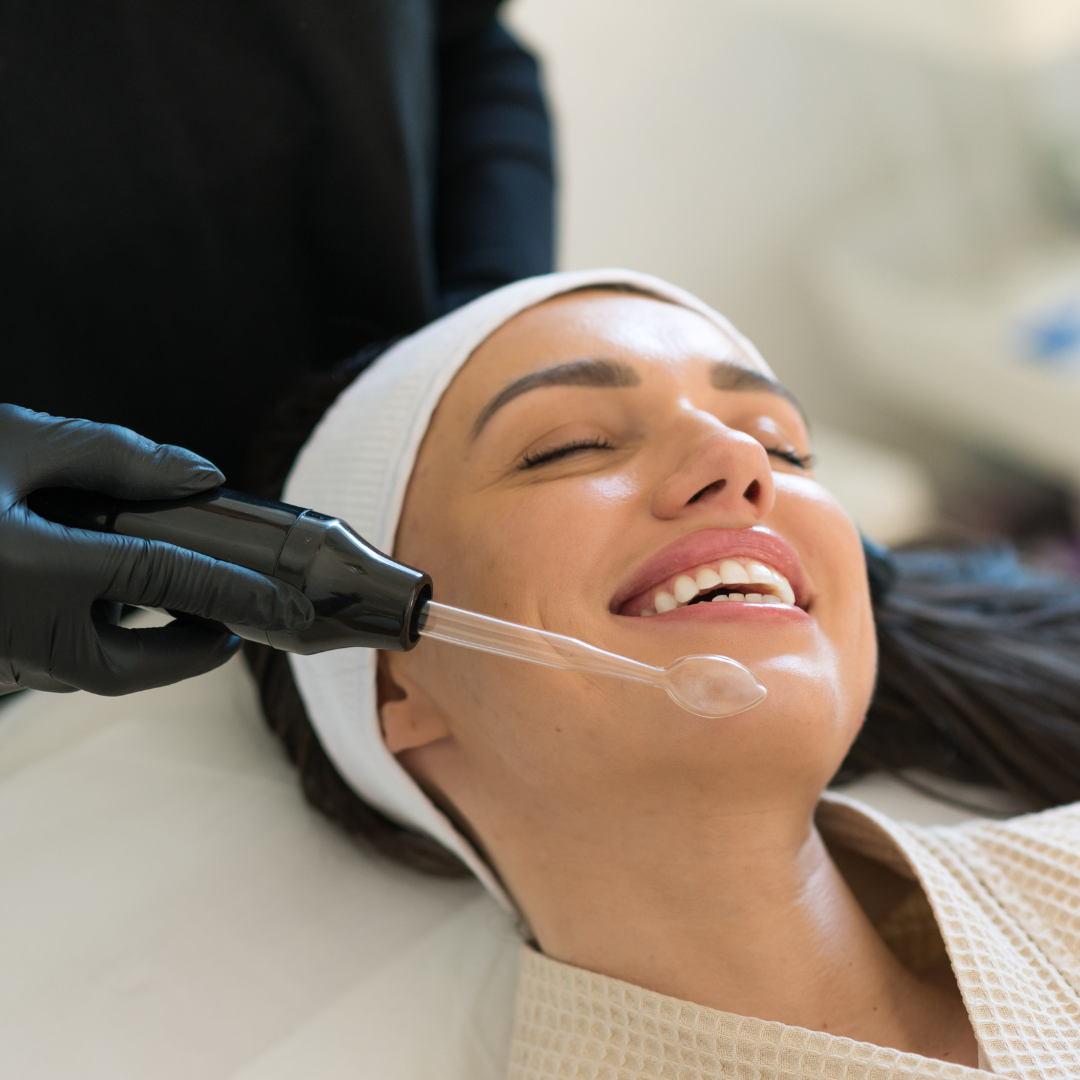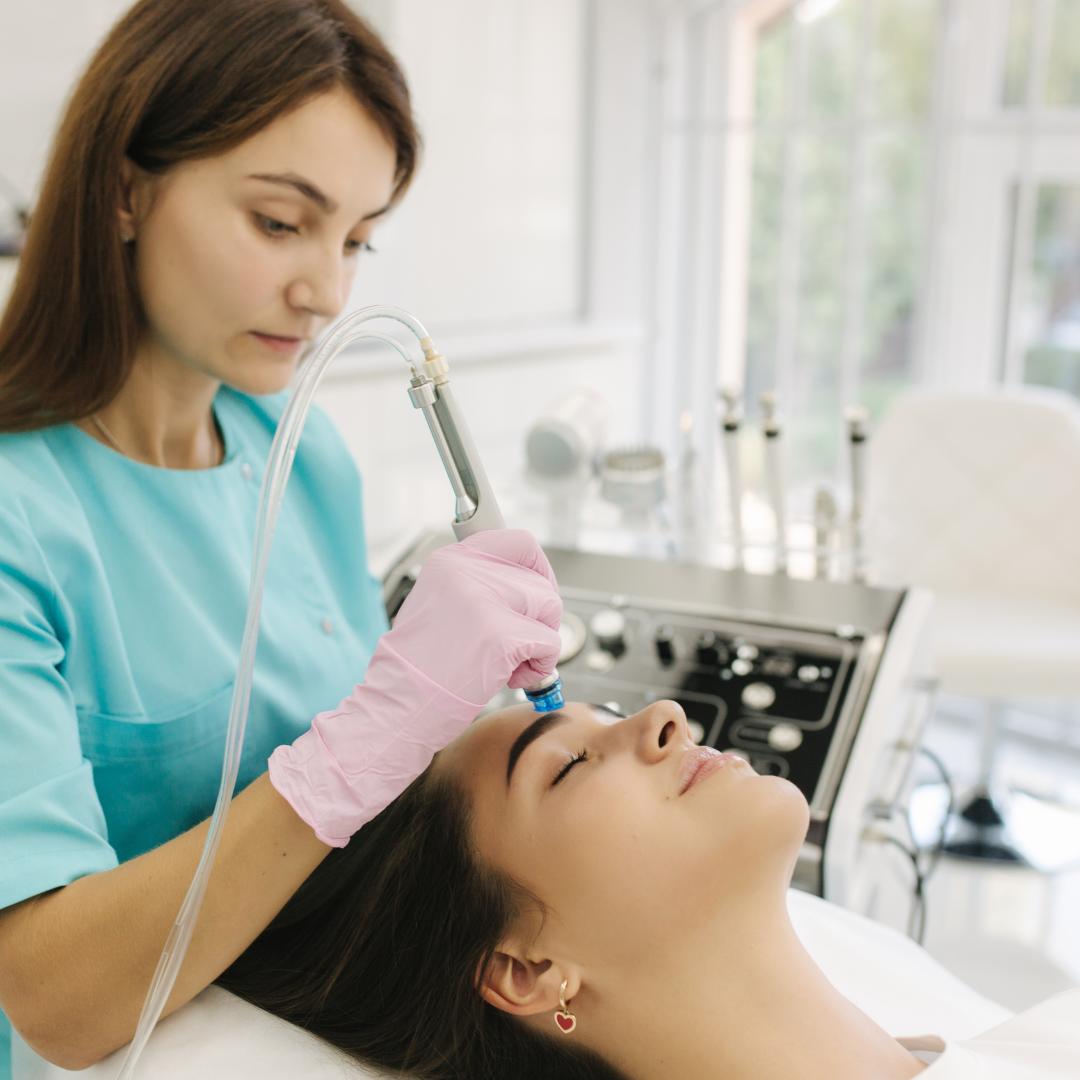HydraFacial has gained immense popularity for its ability to provide a non-invasive, customizable facial treatment that caters to various skin types and concerns. It is considered safe for all skin types, including sensitive, oily, dry, and aging skin. The versatility and personalization of the treatment make it suitable for a wide range of individuals looking to improve their skin health. Let's dive into how HydraFacial works, its safety, and how it can be customized for your specific skin needs.
What is HydraFacial?
HydraFacial is a multi-step facial treatment that combines cleansing, exfoliation, extraction, and hydration in one session. The treatment is carried out using a specialized device that infuses the skin with serums while performing gentle exfoliation. It involves several stages:
- Cleansing and exfoliation: This step removes dead skin cells and prepares the skin for deeper treatment.
- Acid peel: Reduces the appearance of fine lines and wrinkles by plumping the skin.
- Extraction: The device’s suction mechanism removes dirt, oil, and impurities from the pores without causing discomfort.
- Hydration: A mix of hydrating serums is infused into the skin to replenish moisture and nutrients.
This non-invasive process offers visible results with minimal downtime, making it a popular choice for individuals with busy schedules.

HydraFacial for Different Skin Types
One of the reasons HydraFacial stands out is its ability to be customized to meet the needs of various skin types. Here's how it caters to different concerns:
- Oily and Acne-Prone Skin: For individuals with oily or acne-prone skin, HydraFacial can help balance oil production and reduce acne outbreaks. The treatment often includes salicylic acid, which helps unclog pores and reduce excess oil. The gentle exfoliation and extraction process remove impurities that can contribute to acne, leading to clearer, smoother skin.
- Dry and Dehydrated Skin: HydraFacial is highly effective for dry skin, thanks to its ability to hydrate the skin deeply. The infusion of moisture and nutrients helps restore hydration and improves the skin’s overall texture. Specialized hydrating serums are used to lock in moisture, leaving the skin soft and plump.
- Sensitive Skin: For those with sensitive or redness-prone skin, HydraFacial is a great option. Unlike other treatments that may be harsh or irritating, HydraFacial uses gentle exfoliation and soothing serums that are unlikely to cause redness or irritation. It can even help calm conditions like rosacea, thanks to its non-abrasive approach.
- Aging Skin: As the skin ages, it becomes prone to fine lines, wrinkles, and a loss of elasticity. HydraFacial can be customized with peptides and antioxidants to stimulate collagen production and reduce the appearance of wrinkles. The hydrating serums also help plump the skin, making it look more youthful and refreshed.
- Hyperpigmentation and Uneven Skin Tone: HydraFacial is an excellent option for people dealing with uneven skin tone or dark spots. Specialized serums, such as those containing vitamin C or other brightening ingredients, can be used to address hyperpigmentation, leaving the skin looking brighter and more even-toned.
Customization of HydraFacial Treatments
The flexibility of HydraFacial is one of its greatest advantages. Depending on the skin type and concerns, the treatment can be tailored in the following ways:
- Serum Selection: The type of serums used during the treatment can be adjusted to target specific issues like hydration, acne, pigmentation, or aging.
- Add-on Boosters: HydraFacial offers a range of boosters that can be added to the treatment, such as the Dermabuilder booster for anti-aging, the Britenol booster for brightening, or the HydraFacial CTGF (Growth Factor) booster for rejuvenation and skin repair.
- Peel Strength: The intensity of the chemical peel can be customized, ensuring it’s appropriate for the skin's needs. Milder peels are used for sensitive skin, while stronger peels can be used for oilier or thicker skin

Post-Treatment Care
HydraFacial has minimal downtime, and most people experience no irritation or redness. However, it is essential to follow a few post-treatment guidelines:
- Hydration: Moisturize regularly to maintain the results of the treatment.
- Sun Protection: The skin may be more sensitive to the sun after a HydraFacial, so wearing sunscreen is crucial.
- Gentle Skin Care: Avoid harsh products or treatments for a few days following the procedure.